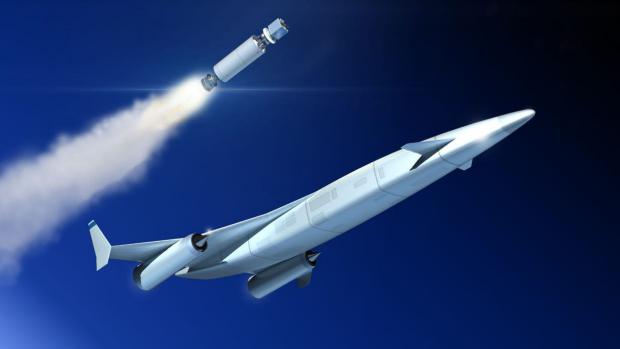
Breaking News
 Food Banks All Over The U.S. Are Being Overwhelmed By A Tsunami Of Hungry People
Food Banks All Over The U.S. Are Being Overwhelmed By A Tsunami Of Hungry People
 Kids' Online Safety Laws Could Dig a Graveyard for Speech and Privacy
Kids' Online Safety Laws Could Dig a Graveyard for Speech and Privacy
 The Only REAL Solution to Digital ID - #SolutionsWatch
The Only REAL Solution to Digital ID - #SolutionsWatch
Top Tech News
 Japan just injected artificial blood into a human. No blood type needed. No refrigeration.
Japan just injected artificial blood into a human. No blood type needed. No refrigeration.
 The 6 Best LLM Tools To Run Models Locally
The 6 Best LLM Tools To Run Models Locally
 Testing My First Sodium-Ion Solar Battery
Testing My First Sodium-Ion Solar Battery
 A man once paralyzed from the waist down now stands on his own, not with machines or wires,...
A man once paralyzed from the waist down now stands on his own, not with machines or wires,...
 Review: Thumb-sized thermal camera turns your phone into a smart tool
Review: Thumb-sized thermal camera turns your phone into a smart tool
 Army To Bring Nuclear Microreactors To Its Bases By 2028
Army To Bring Nuclear Microreactors To Its Bases By 2028
 Nissan Says It's On Track For Solid-State Batteries That Double EV Range By 2028
Nissan Says It's On Track For Solid-State Batteries That Double EV Range By 2028
 Carbon based computers that run on iron
Carbon based computers that run on iron
 Russia flies strategic cruise missile propelled by a nuclear engine
Russia flies strategic cruise missile propelled by a nuclear engine
 100% Free AC & Heat from SOLAR! Airspool Mini Split AC from Santan Solar | Unboxing & Install
100% Free AC & Heat from SOLAR! Airspool Mini Split AC from Santan Solar | Unboxing & Install
Boeing and Rolls-Royce back British hypersonic spaceplane venture

Part of a US$37.3 million Series B funding round that also included BAE Systems, it follows a £60 million (US$85.6 million) investment in the company by the British government in 2013.
Reaction Engines has been working on its plans for a hypersonic spaceplane long before the company was founded in 1989. Based on the work of engineer Alan Bond, it began life as the HOTOL project, which was a joint project by Rolls-Royce and British Aerospace. When that fell through due to technical problems, Bond, along with engineers John Scott-Scott and Richard Varvill, formed REL, which has concentrated for the past 29 years on developing variants of the Synergetic Air-Breathing Rocket Engine (SABRE) engine.
The main component of REL's Skylon spaceplane, SABRE is a hypersonic hybrid engine that acts like a conventional jet at speeds below Mach 5 (3,704 mph, 5,961 km/h), but at hypersonic speeds it converts into a pure rocket engine burning hydrogen and liquid oxygen to achieve speeds of up to Mach 25 (17,521 mph, 29,808 km/h). Key to this is a revolutionary heat exchanger that protects the engine against melting as it approaches hypersonic velocity.

 "Refusal to Disclose"
"Refusal to Disclose"

